Results
-
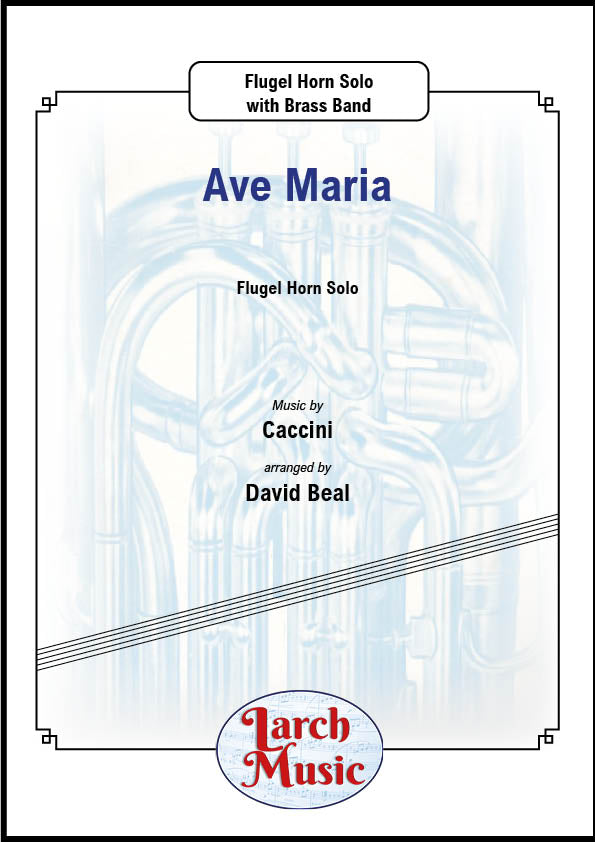 £25.00
£25.00Ave Maria (Caccini arr. by David Beal) - Flugel Horn & Brass Band Sheet Music Full Score & Parts - LM002 - Caccini - David Beal
COMPOSER: CacciniARRANGER: David BealBrass Band Sheet Music Full Score & PartsA delightful arrangement of this timeless classic.The haunting melody arranged here for flugel hornLM002 - ISMN : 9790570000029
In Stock: Estimated dispatch 3-5 working days
-
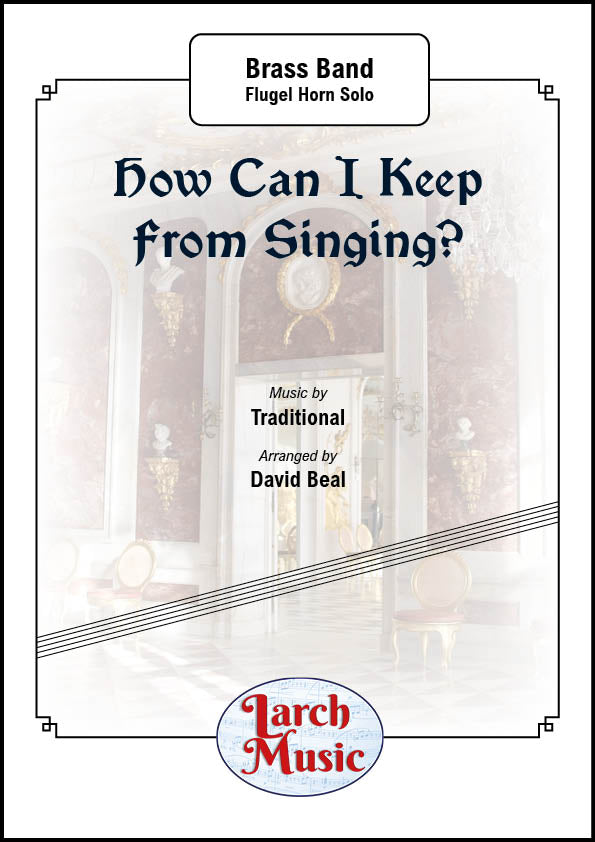 £30.00
£30.00How Can I Keep From Singing? (Traditional arr. by David Beal) - Flugel Horn & Brass Band Full Score and Parts - LM029
COMPOSER - TraditionalARRANGER - David BealThe tune made famous by EnyaArranged for Flugel Horn with Brass Band AccompanimentLM029 - ISMN : 9790570000296
In Stock: Estimated dispatch 3-5 working days
-
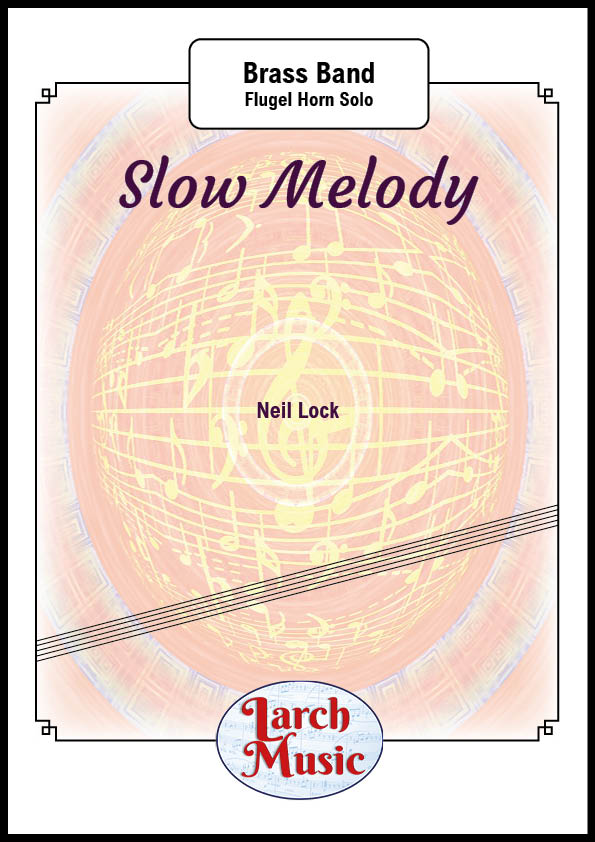 £30.00
£30.00Slow Melody - Brass Band (Flugel Horn Solo) Full Score & Parts - LM599
COMPOSER: Neil LockA delightful solo for Flugel Horn with brass band from the pen of Neil LockDelicately scored accompaniment to enable the soloist to shine through.Suitable for most bands
In Stock: Estimated dispatch 3-5 working days
-
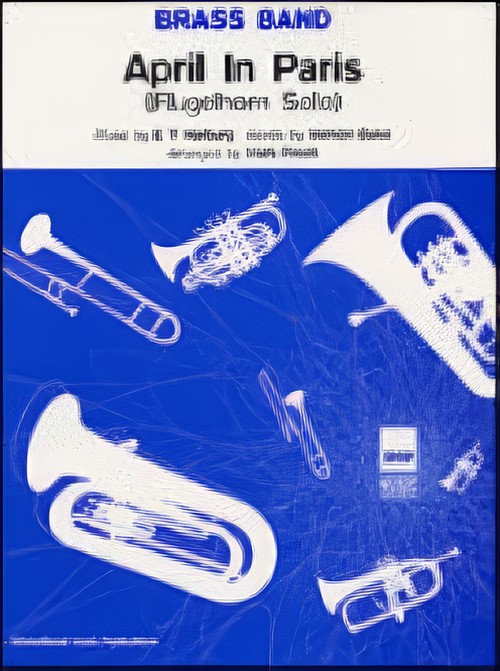 £35.00
£35.00APRIL IN PARIS (Flugel Horn Solo with Brass Band - Score and Parts) - Duke, Vernon - Freeh, Mark
April In Paris, music by E.Y. (Yip) Harburg with words by Vernon Duke. This is a classic song given excellent treatment by Mark Freeh as a Flugel Horn solo with brass band accompaniment.Suitable for Advanced Youth/3rd Sections and aboveDuration: 4.00
Estimated dispatch 7-14 working days
-
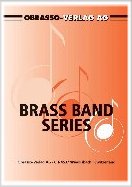 £56.00
£56.00Autumn Leaves (Flugel Horn Solo with Brass Band - Score and Parts) - Cosma & Prevert - Fernie, Alan
Flugel Horn Solo with Brass Band
Estimated dispatch 7-14 working days
-
 £42.95
£42.95CLOSEST THING TO CRAZY, The (Flugel Horn Solo with Brass Band) - Batt, Mike - Barry, Darrol
Flugel Horn & Brass Band
Estimated dispatch 7-14 working days
-
 £37.95
£37.95CRAZY (Flugel Horn Solo with Brass Band) - Nelson & Sheppard - Morrison, Alan
Flugel Horn & Brass Band
Estimated dispatch 7-14 working days
-
 £37.95
£37.95DON'T IT MAKE MY BROWN EYES BLUE (Flugel Horn Solo with Brass Band) - Barry, Darrol
Arranged for Flugel Horn & Brass Band
Estimated dispatch 7-14 working days
-
 £37.95
£37.95FOLKS WHO LIVE ON THE HILL, The (Flugel Horn Solo with Brass Band) - Richards, Goff
Flugel Horn Solo & Brass Band. Recorded on Polyphonic QPRL045D Making Tracks
Estimated dispatch 7-14 working days
-
 £37.95
£37.95IN A SENTIMENTAL MOOD (Flugel Horn Solo with Brass Band) - Ellington, Duke - Howarth, Elgar
When Elgar Howarth turns his hand to arranging the music of others you know you are in for a rare treat and this arrangement for flugel horn and brass band of Duke Ellington's classic is just that. Recorded on QPRL010D Firebird. Duration: 3:30.
Estimated dispatch 7-14 working days



